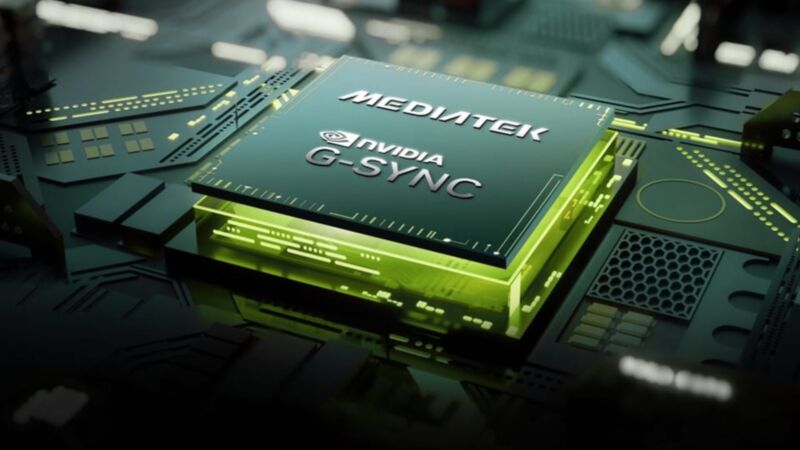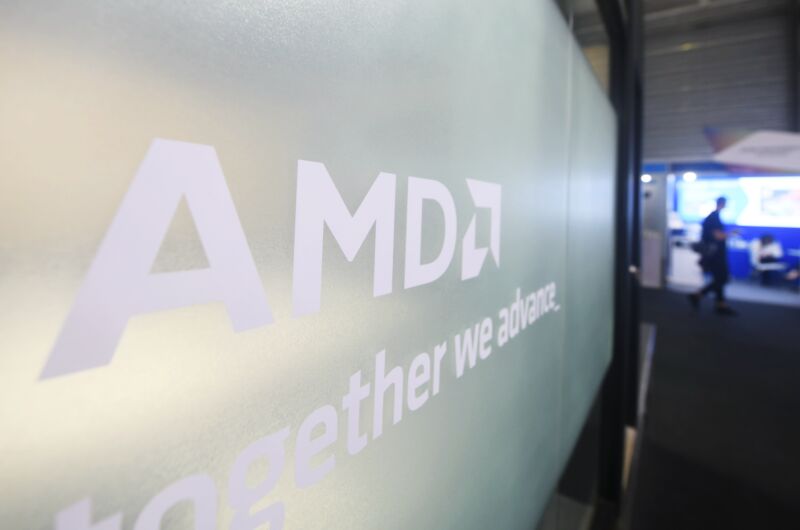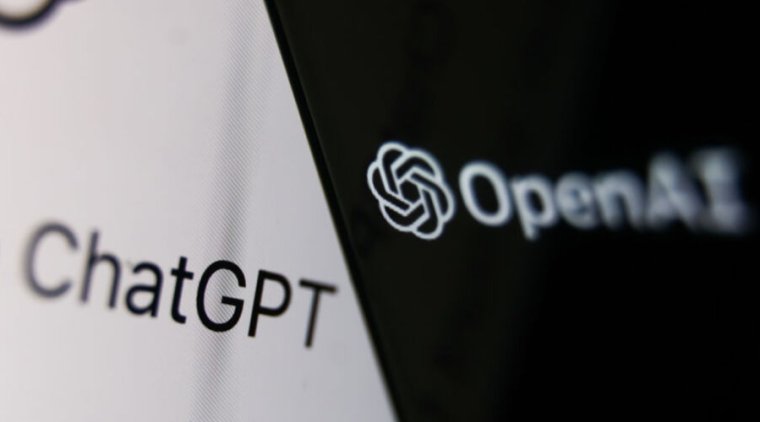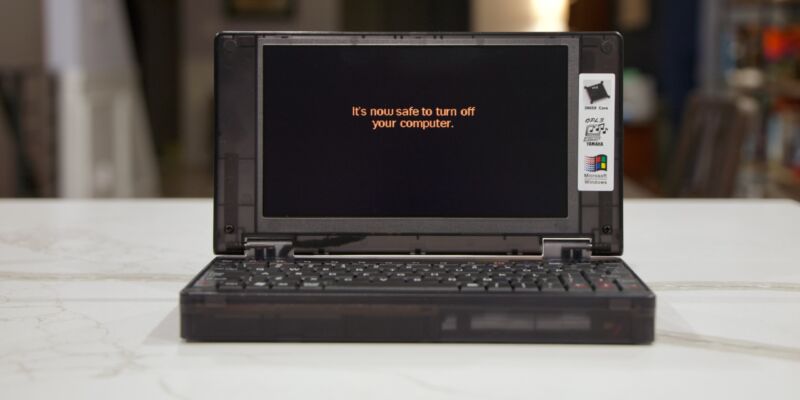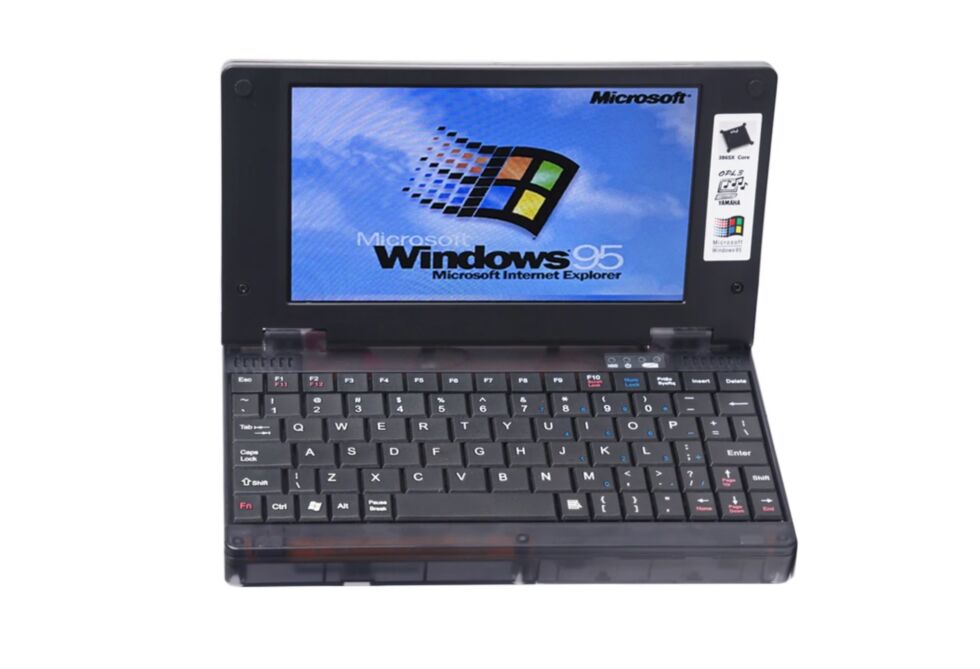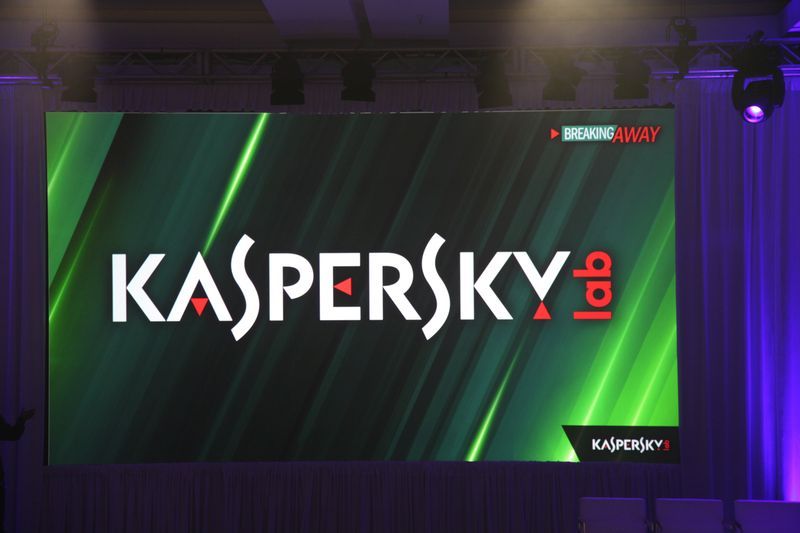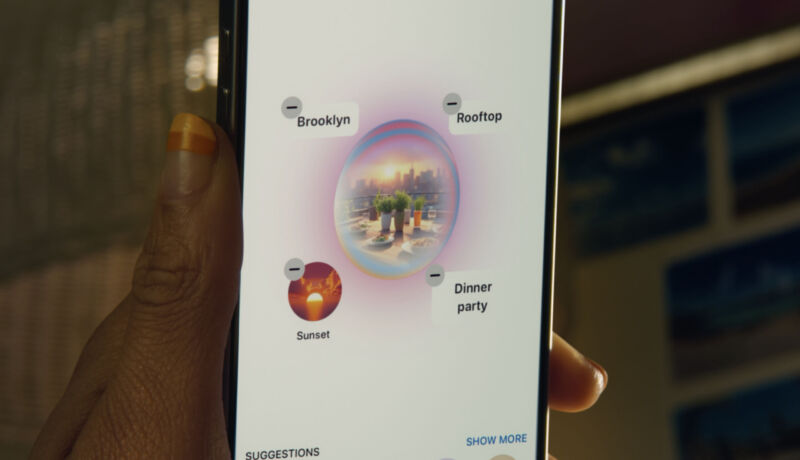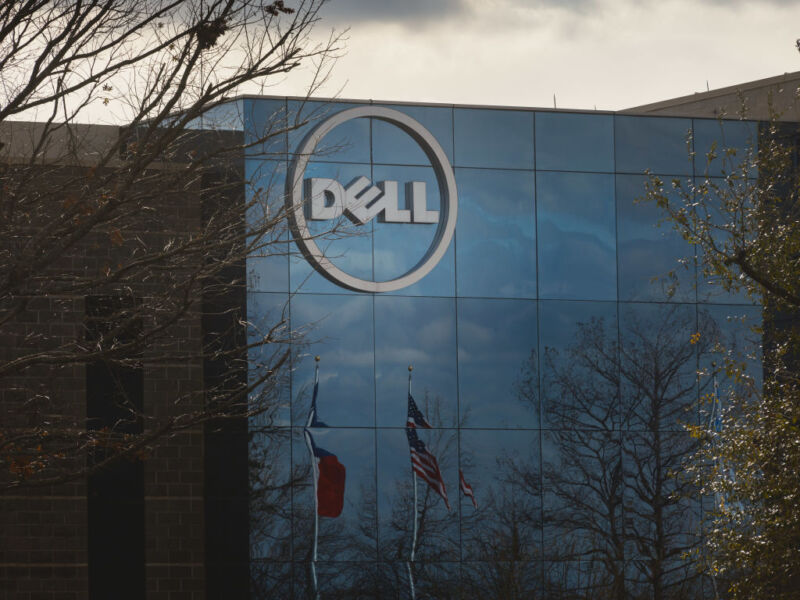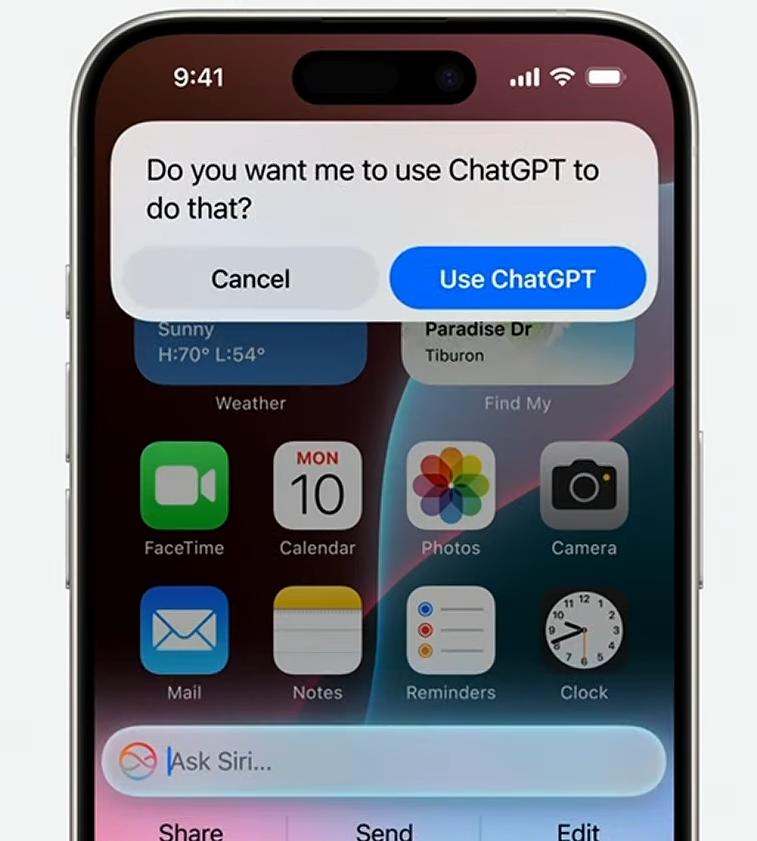Okinawa Institute of Science and Technology proposed a new EUV litho technology using only four reflective mirrors and a new method of illumination optics that it claims will use 1/10 the power and cost half as much as existing EUV technology from ASML.
Applied Materials may not receive expected U.S. funding to build a $4 billion research facility in Sunnyvale, CA, due to internal government disagreements over how to fund chip R&D, according to Bloomberg.
SEMI published a position paper this week cautioning the European Union against imposing additional export controls to allow companies, encouraging them to be “as free as possible in their investment decisions to avoid losing their agility and relevance across global markets.” SEMI’s recommendations on outbound investments are in response to the European Economic Security Strategy and emphasize the need for a transparent and predictable regulatory framework.
The U.S. may restrict China’s access to HBM chips and the equipment needed to make them, reports Bloomberg. Today those chips are manufactured by two Korean-based companies, Samsung and SK hynix, but U.S.-based Micron expects to begin shipping 12-high stacks of HBM3E in 2025, and is currently working on HBM4.
 Synopsys executive chair and founder Dr. Aart de Geus was named the winner of the Semiconductor Industry Association’s Robert N. Noyce Award. De Geus was selected due to his contributions to EDA technology over a career spanning more than four decades.
Synopsys executive chair and founder Dr. Aart de Geus was named the winner of the Semiconductor Industry Association’s Robert N. Noyce Award. De Geus was selected due to his contributions to EDA technology over a career spanning more than four decades.
The top three foundries plan to implement high-NA EUV lithography as early as 2025 for the 18 angstrom generation, but the replacement of single exposure high-NA (0.55) over double patterning with standard EUV (NA = 0.33) depends on whether it provides better results at a reasonable cost per wafer.
Quick links to more news:
Global
In-Depth
Market Reports and Earnings
Education and Training
Security
Product News
Research
Events and Further Reading
Global
Belgium-based Imec released part 2 of its chiplets series, addressing testing strategies and standardization efforts, as well as guidelines and research “towards efficient ESD protection strategies for advanced 3D systems-on-chip.”
Also in Belgium, BelGan, maker of GaN chips, filed for bankruptcy according to the Brussels Times.
TSMC‘s Dresden, Germany, plant will break ground this month.
The UK will dole out more than £100 million (~US $128 million) in funding to develop five new quantum research hubs in Glasgow, Edinburgh, Birmingham, Oxford, and London.
MassPhoton is opening Hong Kong‘s first ultra-high vacuum GaN epitaxial wafer pilot line and will establish a GaN research center.
Infineon completed the sale of its manufacturing sites in the Philippines and South Korea to ASE.
Israel-based RAAAM Memory Technologies received a €5.25 million grant from the European Innovation Council (EIC) to support the development and commercialization of its innovative memory solutions. This funding will enable RAAAM to advance its research in high-performance and energy-efficient memory technologies, accelerating their integration into various applications and markets.
In-Depth
Semiconductor Engineering published its Automotive, Security and Pervasive Computing newsletter this week, featuring these top stories and video:
And:
Market Reports and Earnings
The semiconductor equipment industry is on a positive trajectory in 2024, with moderate revenue growth observed in Q2 after a subdued Q1, according to a new report from Yole Group. Wafer Fab Equipment revenue is projected to grow by 1.3% year-on-year, despite a 12% drop in Q1. Test equipment lead times are normalizing, improving order conditions. Key areas driving growth include memory and logic capital expenditures and high-bandwidth memory demand.
Worldwide silicon wafer shipments increased by 7% in Q2 2024, according to SEMI‘s latest report. This growth is attributed to robust demand from multiple semiconductor sectors, driven by advancements in AI, 5G, and automotive technologies.
The RF GaN market is projected to grow to US $2 billion by 2029, a 10% CAGR, according to Yole Group.
Counterpoint released their Q2 smartphone top 10 report.
Renesas completed their acquisition of EDA firm Altium, best known for its EDA platform and freeware CircuitMaker package.
It’s earnings season and here are recently released financials in the chip industry:
AMD Advantest Amkor Ansys Arteris Arm ASE ASM ASML
Cadence IBM Intel Lam Research Lattice Nordson NXP Onsemi
Qualcomm Rambus Samsung SK Hynix STMicro Teradyne TI
Tower TSMC UMC Western Digital
Industry stock price impacts are here.
Education and Training
Rochester Institute of Technology is leading a new pilot program to prepare community college students in areas such as cleanroom operations, new materials, simulation, and testing processes, with the intent of eventual transfer into RIT’s microelectronic engineering program.
Purdue University inked a deal with three research institutions — University of Piraeus, Technical University of Crete, and King’s College London —to develop joint research programs for semiconductors, AI and other critical technology fields.
The European Chips Skills Academy formed the Educational Leaders Board to help bridge the talent gap in Europe’s microelectronics sector. The Board includes representatives from universities, vocational training providers, educators and research institutions who collaborate on strategic initiatives to strengthen university networks and build academic expertise through ECSA training programs.
Security
The Cybersecurity and Infrastructure Security Agency (CISA) is encouraging Apple users to review and apply this week’s recent security updates.
Microsoft Azure experienced a nearly 10 hour DDoS attack this week, leading to global service disruption for many customers. “While the initial trigger event was a Distributed Denial-of-Service (DDoS) attack, which activated our DDoS protection mechanisms, initial investigations suggest that an error in the implementation of our defenses amplified the impact of the attack rather than mitigating it,” stated Microsoft in a release.
NIST published:
- “Recommendations For Increasing U.S. Participation and Leadership in Standards Development,” a report outlining cybersecurity recommendations and mitigation strategies.
- Final guidance documents and software to help improve the “safety, security and trustworthiness of AI systems.”
- Cloud Computing Forensic Reference Architecture guide.
Delta Air Lines plans to seek damages after losing $500 million in lost revenue due to security company CrowdStrike‘s software update debacle. And shareholders are also angry.
Recent security research:
- Physically Secure Logic Locking With Nanomagnet Logic (UT Dallas)
- WBP: Training-time Backdoor Attacks through HW-based Weight Bit Poisoning (UCF)
- S-Tune: SOT-MTJ Manufacturing Parameters Tuning for Secure Next Generation of Computing ( U. of Arizona, UCF)
- Diffie Hellman Picture Show: Key Exchange Stories from Commercial VoWiFi Deployments (CISPA, SBA Research, U. of Vienna)
Product News
Lam Research introduced a new version of its cryogenic etch technology designed to enhance the manufacturing of 3D NAND for AI applications. This technology allows for the precise etching of high aspect ratio features, crucial for creating 1,000-layer 3D NAND.

Fig.1: 3D NAND etch. Source: Lam Research
Alphawave Semi launched its Universal Chiplet Interconnect Express Die-toDie IP. The subsystem offers 8 Tbps/mm bandwidth density and supports operation at 24 Gbps for D2D connectivity.
Infineon introduced a new MCU series for industrial and consumer motor controls, as well as power conversion system applications. The company also unveiled its new GoolGaN Drive product family of integrated single switches and half-bridges with integrated drivers.
Rambus released its DDR5 Client Clock Driver for next-gen, high-performance desktops and notebooks. The chips include Gen1 to Gen4 RCDs, power management ICs, Serial Presence Detect Hubs, and temperature sensors for leading-edge servers.
SK hynix introduced its new GDDR7 graphics DRAM. The product has an operating speed of 32Gbps, can process 1.5TB of data per second and has a 50% power efficiency improvement compared to the previous generation.
Intel launched its new Lunar Lake Ultra processors. The long awaited chips will be included in more than 80 laptop designs and has more than 40 NPU tera operations per second as well as over 60 GPU TOPS delivering more than 100 platform TOPS.
Brewer Science achieved recertification as a Certified B Corporation, reaffirming its commitment to sustainable and ethical business practices.
Panasonic adopted Siemens’ Teamcenter X cloud product lifecycle management solution, citing Teamcenter X’s Mendix low-code platform, improved operational efficiency and flexibility for its choice.
Keysight validated its 5G NR FR1 1024-QAM demodulation test cases for the first time. The 5G NR radio access technology supports eMBB and was validated on the 3GPP TS 38.521-4 test specification.
Research
In a 47-page deep-dive report, the Center for Security and Emerging Technology delved into all of the scientific breakthroughs from 1980 to present that brought EUV lithography to commercialization, including lessons learned for the next emerging technologies.
Researchers at the Paul Scherrer Institute developed a high-performance X-ray tomography technique using burst ptychography, achieving a resolution of 4nm. This method allows for non-destructive imaging of integrated circuits, providing detailed views of nanostructures in materials like silicon and metals.
MIT signed a four-year agreement with the Novo Nordisk Foundation Quantum Computing Programme at University of Copenhagen, focused on accelerating quantum computing hardware research.
MIT’s Research Laboratory of Electronics (RLE) developed a mechanically flexible wafer-scale integrated photonics fabrication platform. This enables the creation of flexible photonic circuits that maintain high performance while being bendable and stretchable. It offers significant potential for integrating photonic circuits into various flexible substrate applications in wearable technology, medical devices, and flexible electronics.
The Naval Research Lab identified a new class of semiconductor nanocrystals with bright ground-state excitons, emphasizing an important advancement in optoelectronics.
Researchers from National University of Singapore developed a novel method, known as tension-driven CHARM3D, to fabricate 3D self-healing circuits, enabling the 3D printing of free-standing metallic structures without the need for support materials and external pressure.
Find more research in our Technical Papers library.
Events and Further Reading
Find upcoming chip industry events here, including:
| Event |
Date |
Location |
| Atomic Layer Deposition (ALD 2024) |
Aug 4 – 7 |
Helsinki |
| Flash Memory Summit |
Aug 6 – 8 |
Santa Clara, CA |
| USENIX Security Symposium |
Aug 14 – 16 |
Philadelphia, PA |
| SPIE Optics + Photonics 2024 |
Aug 18 – 22 |
San Diego, CA |
| Cadence Cloud Tech Day |
Aug 20 |
San Jose, CA |
| Hot Chips 2024 |
Aug 25- 27 |
Stanford University/ Hybrid |
| Optica Online Industry Meeting: PIC Manufacturing, Packaging and Testing (imec) |
Aug 27 |
Online |
| SEMICON Taiwan |
Sep 4 -6 |
Taipei |
| DVCON Taiwan |
Sep 10 – 11 |
Hsinchu |
| AI HW and Edge AI Summit |
Sep 9 – 12 |
San Jose, CA |
| GSA Executive Forum |
Sep 26 |
Menlo Park, CA |
| SPIE Photomask Technology + EUVL |
Sep 29 – Oct 3 |
Monterey, CA |
| Strategic Materials Conference: SMC 2024 |
Sep 30 – Oct 2 |
San Jose, CA |
|
|
|
| Find All Upcoming Events Here |
|
|
|
|
|
Upcoming webinars are here, including topics such as quantum safe cryptography, analytics for high-volume manufacturing, and mastering EMC simulations for electronic design.
Find Semiconductor Engineering’s latest newsletters here:
Automotive, Security and Pervasive Computing
Systems and Design
Low Power-High Performance
Test, Measurement and Analytics
Manufacturing, Packaging and Materials
The post Chip Industry Week in Review appeared first on Semiconductor Engineering.



